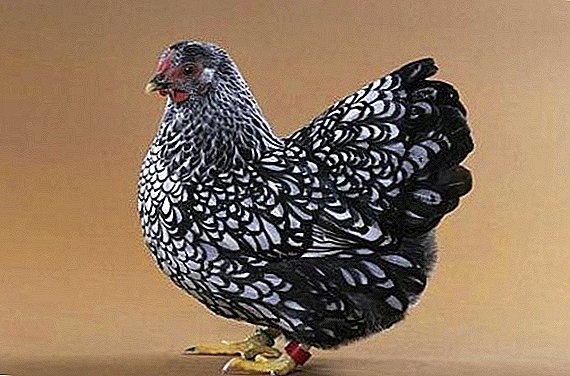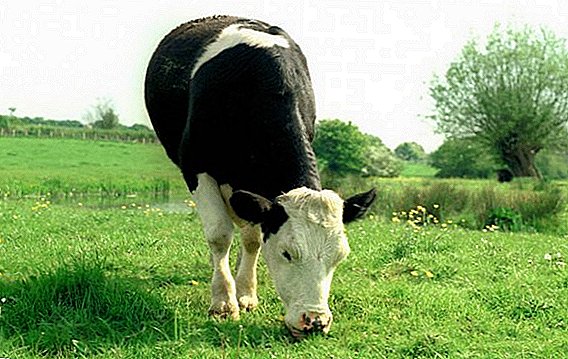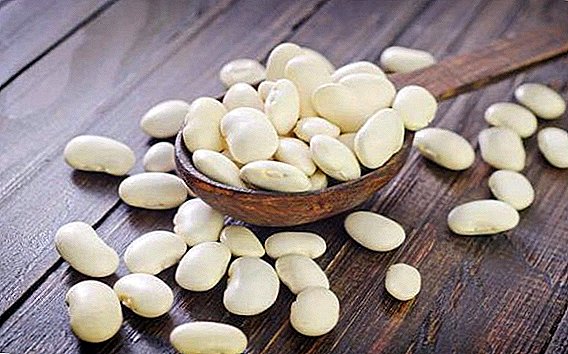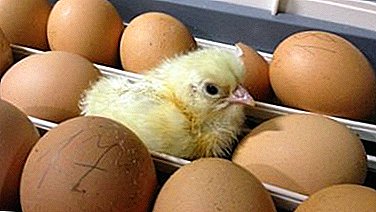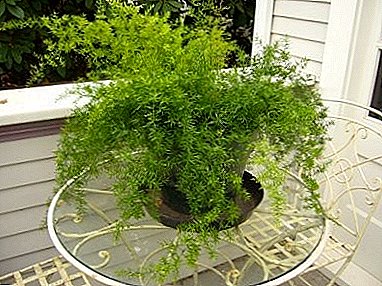
Houseplant with fluffy needle stems.
In growth unpretentious.
Likes frequent systematic watering.
It responds well to fertilizer and fertilizer.
Description
Asparagus Sprenger is an amazing houseplant. It is considered the most common and popular type of Asparagus.
Its stems are strongly branched, directed downwards. They are slightly creeping, can grow up to 1.5 meters.
The clavodia are narrow-lanceolate with a bright emerald hue. Remind tender urchin needles. In length reach from 2 to 3 centimeters. Can be whorled and single.
The main growth direction of cladodes begins at the base of the stem. On young shoots their growth is intense, along the entire length of the base.
Mature branches after 1.5 years may begin to "go bald." The leaves of the plant are miniature, imperceptible, with a scaly surface.
Flowering period: May-June. The flowers are delicate, small, white. Gather in axillary paniculate inflorescences. After flowering, bright maroon berries are egg-shaped.
Look at other common Asparagus species on our website: Sickle, Pisty, Meyer.
Several photos with this interesting plant:


Care after purchase
 Asparagus Sprenger refers to unpretentious hardy species.
Asparagus Sprenger refers to unpretentious hardy species.
It is considered a decorative plant of amazing beauty. He can adapt to all conditions of existence.
Can grow in apartments, offices, institutions, loggias and balconies, greenhouses or ornamental garden. After buying a flower, for its excellent growth, it is necessary to comply with certain requirements.
If the plant was bought in plastic bags with a wet rhizome, then it needs proper planting in wide containers. First of all, you should choose a comfortable well-lit place. It is impossible to allow direct hit of sunshine and big drafts.
Pruning
Plant pruning tolerates fine. Due to the systematic formation of flower growers achieve increased bushiness. The plant begins to grow abundantly in breadth and growth, to give new shoots and cladodes. It is necessary to get rid of adult sick and "bald" shoots. In their place at the end of time new stems grow.
Watering
 Asparagus Sprenger likes frequent systematic watering.
Asparagus Sprenger likes frequent systematic watering.
It is necessary to provide abundant regular irrigation with separated water.
The flower does not tolerate chlorine, so you should not allow chemical impurities in the water.
In order to avoid burns or frostbite rhizomes, it is better to use water at room temperature.
The soil of the flower is always kept wet.
The plant can not be poured. Excess moisture leads to root decay and acidification of the soil.
It is not recommended to leave water on the pallet. Otherwise, the plant may suffocate.
TIP: In very dry air or the sultry heat of an indoor occupant, periodically sprayed with water from a spray bottle. The procedure is carried out 2 times a day - in the early morning and in the evening before bedtime.
If you do not maintain the necessary humidity, the cladodes of the flower may begin to turn yellow and fall off strongly.
Landing
For Asparagus Sprenger, a neutral, breathable soil with a good nutritional basis will do. You can cook it yourself. To do this, you will need turf, sheet, peat soil and sea sand in proportions of 1: 1: 1: 1/2.
It is allowed to use universal purchased land for deciduous or decorative flowers. In such a soil, you must add vermiculite or a small amount of perlite.
For planting should use wide capacity, as the flower is endowed with an actively developed rhizome. It forms root nodules, in which, as they grow, the necessary amount of vitality and nutrients accumulate.
At the bottom of the tank stack drainage of pebbles or expanded clay. Then pour a small layer of prepared soil and place the flower in the middle of the tank. The edges are filled with the remaining soil. For good growth, the plant is abundantly watered and placed in a lighted place.
Transfer
 Young Asparagusa are transplanted each year in the spring time.
Young Asparagusa are transplanted each year in the spring time.
For transplanting it is necessary to use larger containers than before.
Transplantation of adult specimens is carried out as the container is filled with the root system of the flower.
If the roots start to peek out of the drainage holes, it is necessary to transplant into a wider pot.
It is allowed to remove 1/3 of the nodules. Removing more nodules can kill the plant.
Feeding is done during intensive growth 1 time in 14 days.
Well suited supplements for deciduous or decorative indoor flowers. According to the advice of experienced flower growers, it is allowed to use organic dressing in the form of horn chips.
Growing up
Because of the hanging stems, Asparagus is planted in pots or placed on tall flower pedestals. The plant can grow in partial shade. Therefore, some representatives put on a small hill on the floor. The flower can often be found on window sills, cabinets, shelves.
IMPORTANT: Do not allow close proximity of the plant near the heating devices - batteries and heaters.
Breeding
 Reproduction is done by planting seeds and rhizome by dividing the bush. Sowing seeds in February.
Reproduction is done by planting seeds and rhizome by dividing the bush. Sowing seeds in February.
The ground is well loosened, the seed is placed in the middle of the tank no deeper than 0.5 cm.
Germinate them in self-made greenhouses.
You can use glass jars or plastic bottles. The main thing is that the container is transparent.
Seeds need a stable temperature of 25 ° C.
From time to time the seeds are sprayed from the sprayer and aired, not allowing them to rot.
Shoots Asparagus Sprenger will appear in 21-42 days. When dividing the rhizomes use nodules.
TIP: In order for the flower to take root in each bush, it is necessary to leave more than 3 adult stems with actively developed roots.
Temperature
The flower is unpretentious. He feels great in different temperature ranges. In spring and summer, he is comfortable at a temperature of 20 ° C. In the period of early sunset - from mid-autumn to mid-spring, the plant grows in the range of 14-18 ° С. You should not keep this representative flora in the temperature range below 10 ° C. This is fraught with a strong increase in growth and pulling shoots. Asparagus Sprenger has no rest period.
Lighting
The plant is very light-loving. The flower prefers well-lit, spacious rooms. Poorly withstands direct sunlight. Prefers ambient lighting. Additional artificial lighting in the winter time does not require. Can grow well in the back of the room. With a strong shadow, the plant stems can be strongly drawn out, losing saturation and fluffiness.
You can also get acquainted with the types of Asparagus and its care in the video below.
Benefit and harm
 Thanks to the beautiful cladodes, the plant is used as a decoration on bouquets of flowers, in decorating wedding cars and tents.
Thanks to the beautiful cladodes, the plant is used as a decoration on bouquets of flowers, in decorating wedding cars and tents.
The stems are used on trays as a beautiful presentation of exotic dishes.
Do not allow leaves to enter the food. Asparagus leaf juice causes a strong burning sensation.
Therefore, when it comes into contact with the eyes or on the skin, it must be quickly washed off with running water. The burn is treated with sea buckthorn oil or an antibacterial spray.
Diseases and pests
This type of plant is affected by pests very rarely. Sometimes there is a spider mite that lives on the back of the leaves. Its nests are well washed with running water. When the insects appear, the flower is treated with insecticidal components. Excellent drug "Aktellikom."
Diseases occur only with improper care. If the shoots begin to fade and stretch strongly - the plant is not enough sunlight. The flower is placed on the windowsills or spacious sunny loggias. With the manifestation of decay of the root system and the main stem - moisture stagnation occurred. Frequent watering should be stopped, and drainage should be made in the tank. When "baldness" and yellowness of the cladodia, Asparagus Sprenger is removed to cool rooms from high temperatures.
Often the question arises: Why does the asparagus spinner turn yellow? The cause of the yellowness of the leaves can be dry air, lack of moisture in the ground and excess sunlight.
TIP: Asparagus Sprenger is propagated by dividing nodules and planting seeds. Loves frequent spraying water from a spray bottle. Does not tolerate stagnant moisture and tight landing tanks. The use of organic dressing in the form of horn shavings is allowed.
Useful video
Asparagus is not only beautiful in itself, but also in favorable conditions it can please you with flowering. You can see this in a small video:



